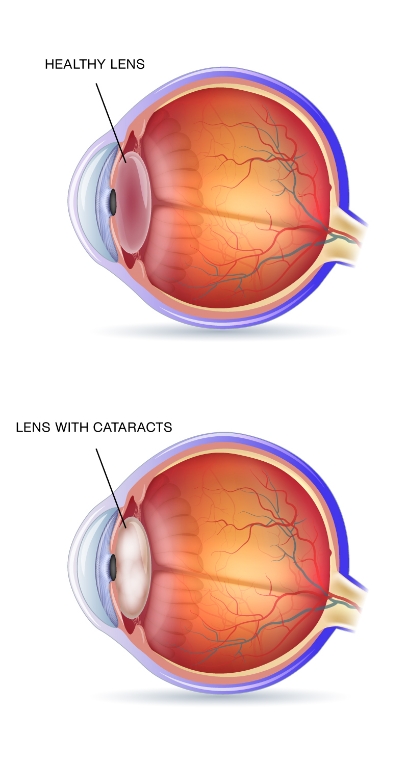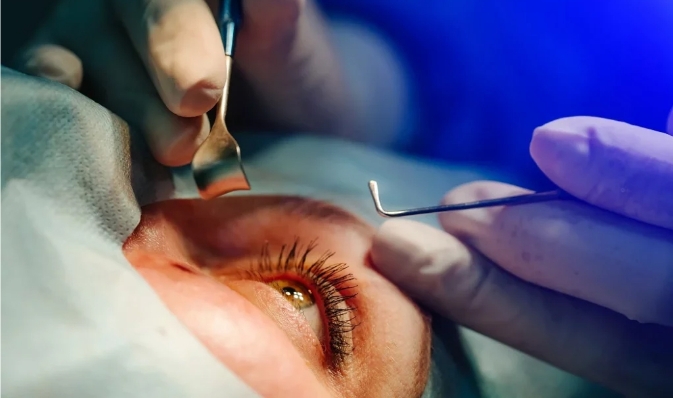Understanding and Treating Cataracts
What is a cataract?
A cataract is a common eye condition where the eye’s natural lens becomes cloudy, leading to blurred or dimmed vision. Located behind the iris and pupil, the lens focuses light on the retina to create a clear image. As cataracts develop, they block or scatter light, making it difficult to see clearly.
Most cataracts are age-related but can also result from trauma, certain medications, prolonged UV exposure, or conditions like diabetes. If left untreated, cataracts can lead to significant vision loss, though they are highly treatable with surgery.

When to seek consultation:
symptoms of cataracts
Cataracts develop gradually, so it’s important to recognize early signs and consult an eye specialist if you experience any of the following symptoms.
If you notice any of these symptoms, an eye exam can help diagnose the issue and determine if cataract surgery may be beneficial.
Book a consultation today to discuss your options with one of our specialists.
Key symptoms include but are not limited to:
- Blurry or clouded vision
- Increased sensitivity to light
- Fading or yellowing of colours
- Difficulty reading or driving at night
- Double vision in one eye
- Frequent prescription changes
What are the different types of cataracts?
Different types of cataracts form depending on where they develop on the lens:
Nuclear cataracts:
These form in the central part (nucleus) of the lens and are typically associated with aging. They can cause gradual yellowing of vision and make it harder to see in low light.
Cortical cataracts:
These form along the outer edges (cortex) of the lens, creating streaks or wedge-shaped opacities that can impair peripheral vision.
Posterior subcapsular cataracts:
Found at the back of the lens, this type can cause significant glare and halos around lights, especially at night or in bright light. It is more common in people with diabetes or those taking steroid medications.
Congenital cataracts:
Present at birth or developing during childhood, often due to genetic factors or maternal infections during pregnancy.

Nuclear cataracts
Cortical cataracts
Posterior subcapsular cataracts
Healthy eye

How is cataract treated?
Cataract surgery
Cataract surgery is one of the most common and successful surgeries worldwide. It involves removing the clouded lens and replacing it with a clear, artificial intraocular lens (IOL). Most surgeries use phacoemulsification, where an ultrasonic device breaks up the cloudy lens, which is then suctioned out through a small incision. In many cases, lasers improve precision and accuracy. Once the cataract is removed, a clear artificial lens is implanted to restore vision.
This outpatient procedure is generally quick, with minimal discomfort, and most patients recover vision within a few days.

Complex cataract surgery
Complex cataract surgery may be necessary for patients with other eye conditions, such as previous trauma, glaucoma, or very advanced cataracts that are harder to remove. Patients with conditions like weak zonules (lens-supporting fibres called pseudoexfoliation), small pupils, or corneal diseases may require special techniques. In such cases, a corneal and anterior segment specialist is often involved in managing these cases and ensuring a successful outcome.
Patients undergoing complex cataract surgery should expect a slightly longer recovery time and more intensive follow-up care.

Choices of lens implants
During cataract surgery, patients have options for intraocular lenses (IOLs) that can impact the need for glasses post-surgery:
Monofocal lenses: Provide clear vision at one distance, typically far vision, though glasses may still be needed at distance if there is astigmatism. Glasses are still needed for reading or close-up tasks. While the cost of this lens is often covered by government programs, you may still require glasses for both distance and near vision after surgery.
Multifocal lenses: Offer near, intermediate and distance vision, reducing the need for glasses. However, they may cause some glare or halos around light, especially at night. In some patients with certain eye conditions, these lenses can be contraindicated. Discuss with your physician if this is of interest to you.
Toric lenses: Designed for patients with regular astigmatism, they reduce astigmatism and improve overall vision without glasses in distance. There are rarely downsides to inserting a toric lens.
Extended depth of focus (EDOF) lenses: EDOF lenses provide a continuous range of vision from distance to intermediate, with some near vision. These lenses are ideal for patients who want greater independence from glasses while minimizing visual disturbances like halos or glare. Near vision is not as clear as with multifocal lenses and you will likely require readers for fine print.
Laser capsulotomy or secondary cataract
After cataract surgery, some patients may develop a secondary cataract, known as posterior capsule opacification (PCO), where the capsule holding the new lens becomes cloudy. This causes blurry vision but is easily treatable with a quick, painless YAG laser capsulotomy. This is an in-office procedure that takes a few minutes. The laser creates a small opening in the cloudy capsule, allowing light to pass through clearly, restoring vision.

TOP CHOICE FOR SPECIALIZED EYE CARE
Why choose Haute Vision
for cataract treatment?
Expertise in cataract and corneal surgery
Our surgeons are recognized leaders in cataract and anterior segment surgery, equipped to handle both routine and complex cases with precision.
State-of-the-art technology
We employ the latest in cataract surgery techniques, including phacoemulsification and laser-assisted procedures, to ensure safe, effective, and precise outcomes.
Customized lens options
We offer a variety of intraocular lenses (IOLs), from monofocal to advanced multifocal and toric lenses, allowing us to tailor each procedure to meet individual vision needs and lifestyle preferences.
Comprehensive follow-up care
Our commitment to your visual health extends beyond surgery. We provide dedicated follow-up care, including YAG laser capsulotomy for any post-surgery opacification, ensuring lasting clarity and comfort.
With Haute Vision, you receive comprehensive cataract care grounded in expertise, innovation, and patient-focused support at every step.
